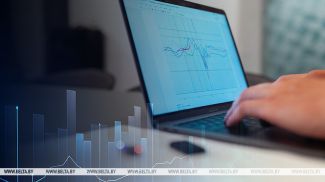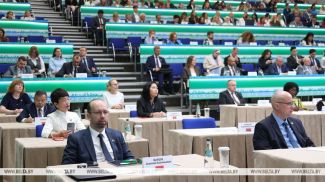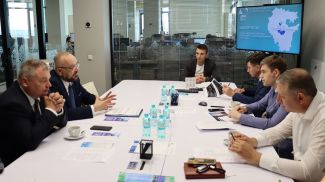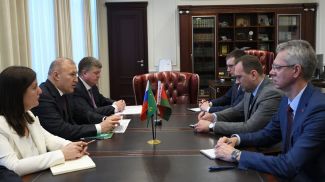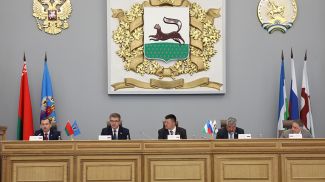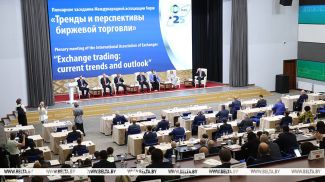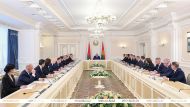MINSK, 28 November (BelTA) – Belarus and the International Bank for Reconstruction and Development (IBRD) have signed the agreements on the loan and GEF grant for the project to expand sustainable energy use. The signing ceremony took place at the World Bank office in Belarus on 28 November, BelTA has learned.
The document was signed by Chairman of the Belarusian State Committee for Standardization Valentin Tataritsky and World Bank Country Manager for Belarus Alex Kremer on behalf of the International Bank for Reconstruction and Development.
The estimated duration of the project is five years. The European Investment Bank (EIB) will commit €90 million (the financial agreement was signed by the parties in London on 22 November 2019) and the IBRD wil learmark €90 million. The Global Environment Facility has allocated a $3.653m grant to support the project.
Plans are in place to build (renovate) 34 wood-fired boilers and to undertake thermal retrofit of residential buildings in Grodno Oblast and Mogilev Oblast.
“This is the second agreement Belarus has signed as part of the project to expand sustainable energy use. International loans will help us make great progress in energy saving,” Valentin Tataritsky said. Work in the regions is underway, he informed. A total of 214 houses have been selected for thermal modernization. Another 39 facilities will be added to the list soon.
For his part, Alex Kremer highlighted the importance of the initiative in terms of economic feasibility as it lowers heating costs. The project will also contribute to reducing greenhouse gas emissions. The project involves homeowners. "This is the first World Bank project in Belarus where ordinary citizens will play a leading part,” Alex Kremer said.
He thanked the Belarusian side for the cooperation and announced the possibility of attracting an international loan for the modernization of public buildings.
It has been reported that Decree No. 327 has been signed to create conditions for energy efficient measures in the housing stock with the participation of homeowners, with a cost-recovery mechanism being among them.




